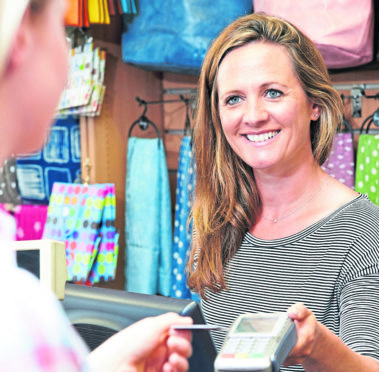New laws to protect consumers when businesses go bust will be considered by the government next year.
Business Secretary Greg Clark last night said the government will consult on laws requiring consumer prepayments to be protected in particular sectors before they receive their goods.
This would strengthen the government’s ability to respond quickly to problems involving consumers who have prepaid for services before a firm becomes insolvent.
Common problem areas for consumers include internet orders, the purchase of gift vouchers, and money saved in payment savings clubs.
Currently, if a business running a savings club becomes insolvent, consumers’ money is not protected – unlike when it is saved in a bank account.
But the proposed new laws would see this money safeguarded, with legislation requiring businesses to adopt measures to protect customers against losses – whether that is through trusts, insurance or other mechanisms.
Mr Clark said: “When consumers prepay for items through savings clubs, it is reasonable to expect that if something goes wrong, their money should have some degree of protection. The measures we are consulting on will give shoppers greater peace of mind.
“It’s all part of how we’re helping make markets fairer for all, especially the most vulnerable, as part of our modern industrial strategy – with more to come next year through our comprehensive Consumer White Paper.”
The consultation is part of the government’s response to a report by the Law Commission on consumer protections in the event of insolvencies.
Their final report was published in 2016.
This announcement builds on recent measures from the government to protect consumers following insolvencies, including working to increase the proportion of funds that can be paid to unsecured creditors – who are often consumers – in the event of insolvencies.
The government has also worked with the card payment industry, consumer groups and others to deliver guidance on “chargeback” schemes, in which consumers can ask their credit or debit card issuer to reclaim prepayments on their behalf following insolvencies.
